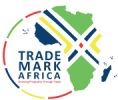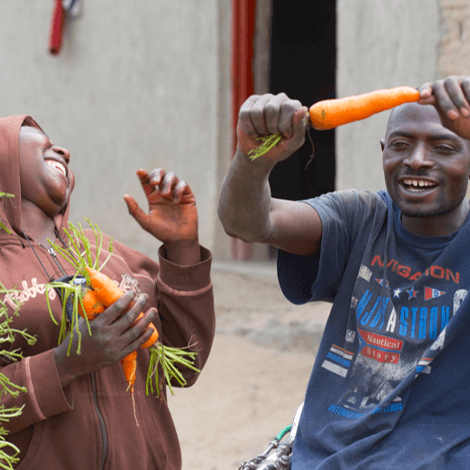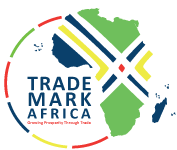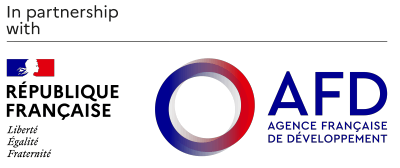Railways are being built on a scale not seen since the early years of European colonial rule, with the focus overwhelmingly in East Africa. The biggest change to Kenyan logistics since independence was due to take place just days after African Business went to press, with the completion of the new standard gauge railway (SGR). The line has been mainly built with funding from China’s Export-Import Bank, with China Road and Bridge Construction acting as the engineering, procurement and construction contractor. It will run from the Port of Mombasa as far as Nairobi and is expected to be extended as far west as Kampala and then on to Kigali. Nairobi hopes that the completion of the line will see more cargo switched from road to rail. In order to ensure that this happens, it has stipulated that at least 40% of all cargo travelling between Nairobi and Mombasa should be taken by rail to Nairobi Inland Container Depot (ICD) for clearance. The ICD’s annual handling capacity is already being increased from 180,000 TEU – or standard sized containers – a year, to 450,000 TEU, in order to cope with demand. Construction starts in Tanzania The new line will greatly improve cargo transport between much of landlocked Eastern Africa and the Port of Mombasa. Given their rivalry, it was no surprise that the Tanzanian government responded by pushing ahead with the construction of its own new railway to Rwanda. In April, a joint venture of Turkey’s Yapi Merkezi and Portugal’s Mota-Engil...
East Africa’s new railways lead logistics investment
Posted on: June 13, 2017
Posted on: June 13, 2017















